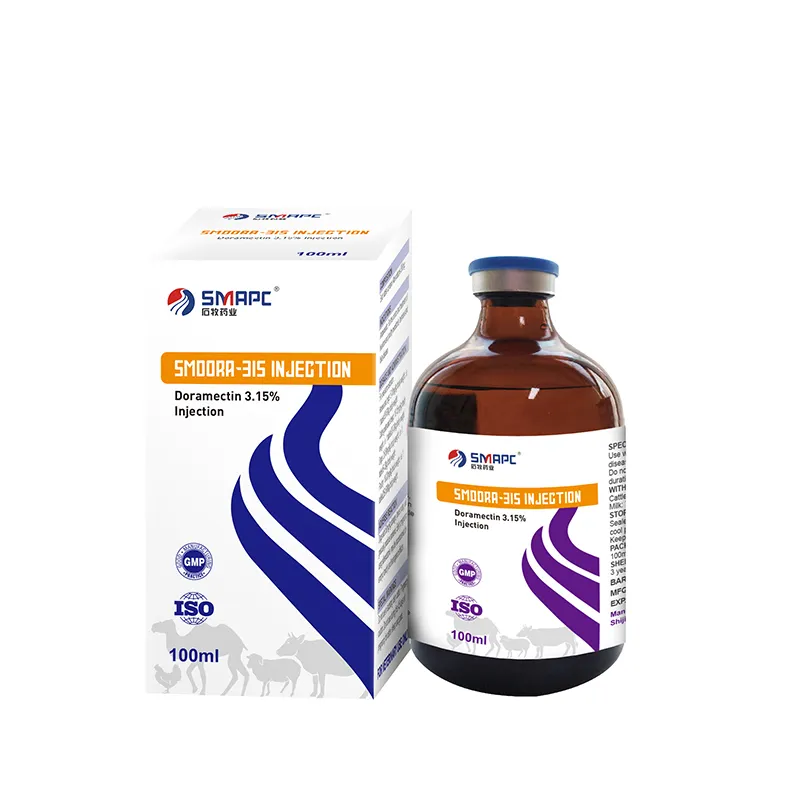While Penstrep 400 is generally well-tolerated, some animals may experience side effects such as allergic reactions, gastrointestinal disturbances, or localized pain at the injection site. Veterinarians must monitor the treated animals and provide appropriate care if adverse reactions occur.







